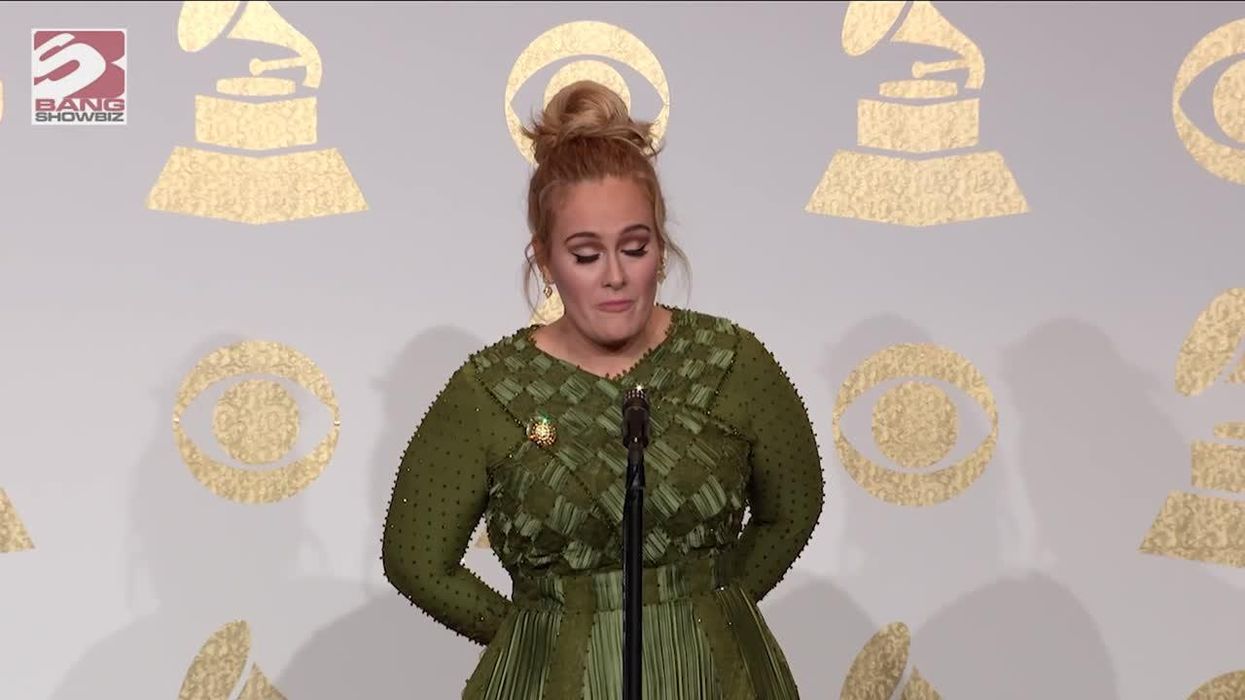Sinead Butler
Aug 25, 2022
Adele offered £30,000 a night luxury Las Vegas villa during residency
Bang Showbiz
A photo has recently resurfaced of an upside-down Adele, and it's freaked people out once again.
The image concerned is the cover art of the Someone Like You singer's third studio album 25, however, the 2016 LP has been altered to create a mirrored version where Adele's features such as her eyes and mouth have remained the correct way round, while her face has been flipped upside down.
As a result, when you turn the image upside down, the picture looks like something straight out of a nightmare as the face looks normal but the eyes and mouth are now flipped.
Sign up to our free Indy100 weekly newsletter
One Twitter user pointed out the strange illusion, and tweeted the photo with the caption: "Perfectly normal photo of Adele, isn't it? Just turn the picture upside down... [and learn about the Thatcher effect or why your brain can't properly process a photo of a face that is upside down]."
\u201cPerfectly normal photo of Adele, isn't it? Just turn the picture upside down... [and learn about the Thatcher effect or why your brain can't properly process a photo of a face that is upside down: https://t.co/01fPVuueqB]\u201d— Massimo (@Massimo) 1660217401
People in the comments section have described the altered photo as "cursed," "crazy," and "weird," it's not the first time the image has the photoshopped image made rounds back in 2016 when everyone was equally as disturbed with what they saw due to the illusion.
So what exactly causes this to happen?
This is due to something called the Thatcher effect, originally created in 1980 by Peter Thompson, Professor of Psychology at the University of York.
It was given its name after (you guessed it) former UK prime minister, Margaret Thatcher as a photograph of her was the first the effect was first demonstrated on.
Basically, our brains are made to recognise faces the right way up in order to tell people apart through processing details about facial features.
But when a face is upside down, our brains have trouble carrying out this function as we're not as used to seeing upside faces so haven't evolved the ability to spot any changes in the eyes and mouth when they are the wrong way round," according to The Naked Scientist.
Have your say in our news democracy. Click the upvote icon at the top of the page to help raise this article through the indy100 rankings.
Top 100
The Conversation (0)














